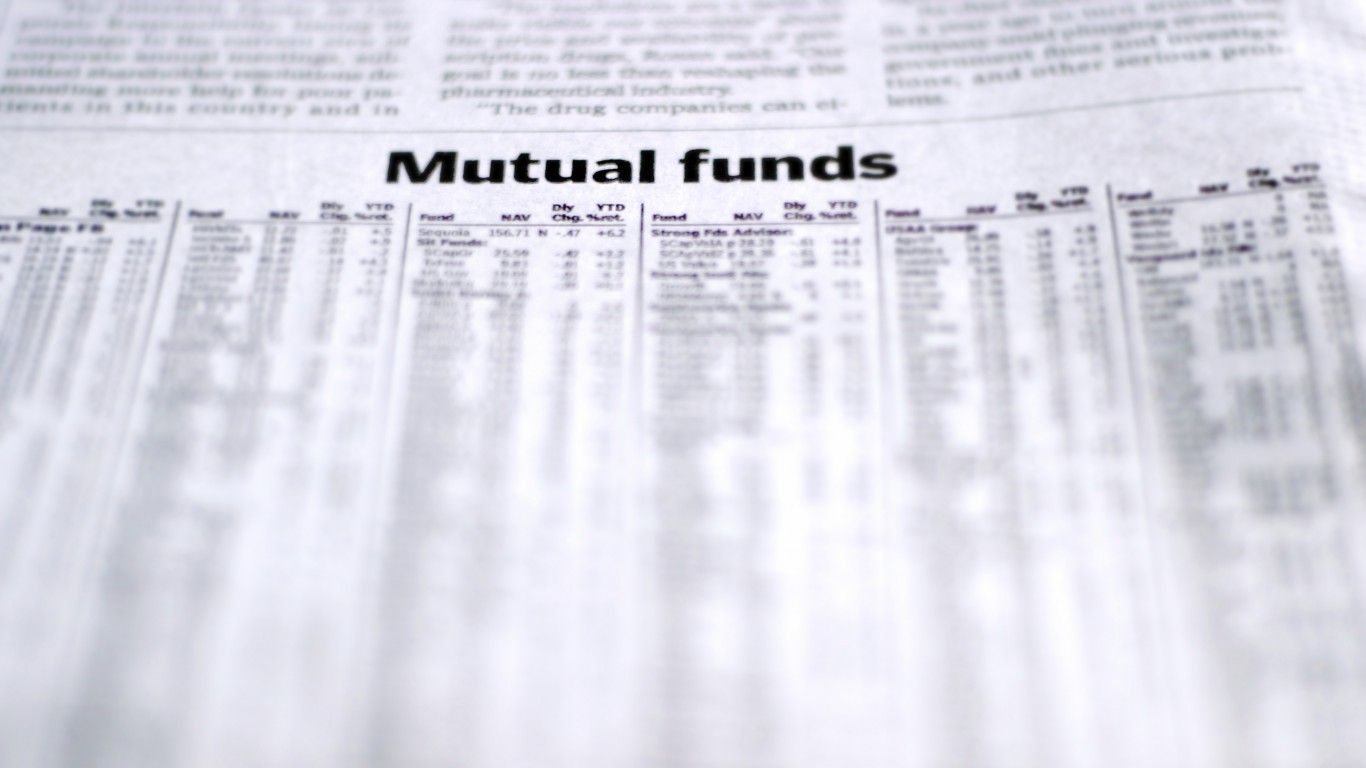Investing
If You're Over 50, You Should be In These Retirement Funds

Published:
Last Updated:

According to Morningstar, target-date funds hit a record $3.5 trillion in assets under management in 2o23 due to a combination of capital appreciation and investors moving $522 billion into the popular fund-of-funds products over the past four years.
Because of the cost difference, target-date mutual funds have lost ground to target-date collective investment trusts or CITs. CITs are tax-exempt retirement plans sponsored by banks and trust companies that combine the assets of various retirement accounts under one specific fund with a specified investment strategy.
CITs are institutional funds available only to tax-exempt retirement plans such as 401(Ks). Unlike target-date mutual funds, they are not traded on a stock exchange or available over the counter in the secondary market.
However, they both have a “glide path,” which lowers the allocation to equity securities as the funds approach and enter retirement. Target-date funds with a glide path “to” retirement maintain the equity allocation throughout retirement, while a target-date fund “through” retirement lowers the stock exposure 10-15 years into retirement.
Both are good for investors interested in preserving capital to and into retirement.
Assuming you are 50, here are three target-date funds to buy to retire around 2040 that are relatively inexpensive.

Vanguard Target Retirement 2040 Fund (MUTF:VFORX) charges annual fees of $8 per $10,000 invested or 0.08%. The fund is designed for those planning to retire between 2038 and 2042.
Its glide path incrementally reduces the equity weighting of the fund until retirement and seven years further. The fund currently is weighted 76% for equities, 23.05% for bonds, and the remaining 0.77% in short-term money-market investments.
VFORX has $89.2 billion in net assets invested in four funds:
Launched in June 2006, VFORX has generated an average annual return of 7.55% since inception through July 31. In the past year, it’s traded as high as $44.11 and as low as $35.18, for a 25.63% 52-week difference.
As retirement approaches, more of the fund’s assets will move into the Vanguard Short-Term Inflation-Protected Securities Index Fund (MUTF:VTIPX) to hedge against inflation while reducing the portfolio’s volatility. By the seventh year of retirement, the fund’s portfolio managers will similarly allocate the net assets to the Vanguard Target Retirement Income Fund (MUTF:VTINX).

Morningstar rates American Funds 2040 Target Date Retirement Fund (MUTF:AAGTX) five stars. The target-date fund has a management expense ratio of 0.71%, considerably higher than the Vanguard fund-of-funds.
AAGTX has $43.15 billion in net assets invested in over 3,113 equity and fixed-income securities across 22 mutual funds from Capital Group, American Funds’ parent. Equities account for 80.5% of the fund, 15.1% for bonds, and 4.4% for cash.
Broken down by the type of fund, growth accounts for 38.4%, growth-and-income (33.0%), equity-income/balanced (17.8%), and bond (10.8%).
The top three sectors by weight in its equity investments are technology (18.1%), industrials (11.7%), and health care (11.6%). Geographically, the U.S. is the largest country or region by weight at 70.3%, followed by Europe (13.1%) and Asia & Pacific Basin (7.9%).
Since its inception on Feb. 1, 2007, the fund has had an annual return of 7.30% through July 31, similar to VFORX, despite an annual fee 63 basis points higher. Its portfolio turnover is a low 1%.
The fund’s summary prospectus states that the investment adviser will “continue to manage the fund for approximately 30 years after it reaches its target date. As reflected in the glide path below, the fund’s asset allocations will change throughout this period.”

T. Rowe Price Retirement 2040 Fund (MUTF:TRRDX) is rated four stars by Morningstar for risk-adjusted returns. Since its inception on Sept. 30, 2002, it’s generated an annual return of 9.54%, significantly higher than VFORX and AAGTX. Over the past decade, it’s had just two years of negative annual returns.
The fund has $24.8 billion in net assets invested in 23 T. Rowe Price mutual funds. Equities account for 87.42% of the portfolio, followed by bonds (9.05%), hybrid securities (0.77%), and cash and other investments (2.76%).
By country, the U.S. has the largest representation, with 66.49%, followed by Japan (3.91%) and the United Kingdom (3.62%). Canada, where I’m from, is fourth at 2.34%.
The top 10 holdings account for 79.62% of the fund’s net assets. The top three funds by weight are the T. Rowe Price Value Fund (MUTF:TRVLX), T. Rowe Price Growth Stock Fund (MUTF:PRGFX), and T. Rowe Price Large-Cap Core Fund (MUTF:TRULX), accounting for 14.41%, 13.23%, and 9.61%, respectively.
The glide path applied here sees its equity weight fall from 87.42% today to slightly less than 60% at retirement in 15 years. It will fall to slightly below 40% after 30 years of retirement, where it will remain unchanged.
It charges a reasonable 0.60%.
If you’re like many Americans and keep your money ‘safe’ in a checking or savings account, think again. The average yield on a savings account is a paltry .4% today, and inflation is much higher. Checking accounts are even worse.
Every day you don’t move to a high-yield savings account that beats inflation, you lose more and more value.
But there is good news. To win qualified customers, some accounts are paying 9-10x this national average. That’s an incredible way to keep your money safe, and get paid at the same time. Our top pick for high yield savings accounts includes other one time cash bonuses, and is FDIC insured.
Click here to see how much more you could be earning on your savings today. It takes just a few minutes and your money could be working for you.
Thank you for reading! Have some feedback for us?
Contact the 24/7 Wall St. editorial team.